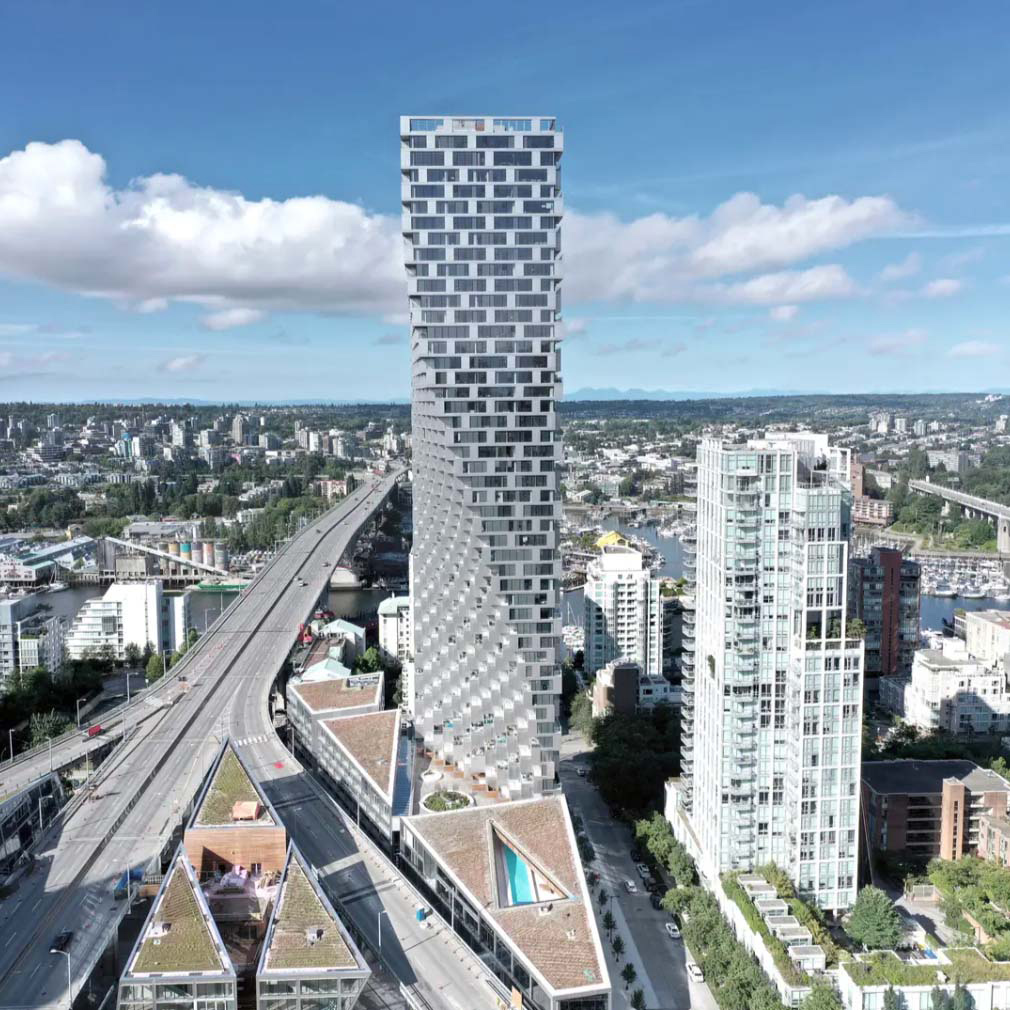Es Devlin at The XI Gallery for Bjarke Ingels’ The Eleventh Building
Three reactionary works from the artist highlight the architect’s forthcoming towers
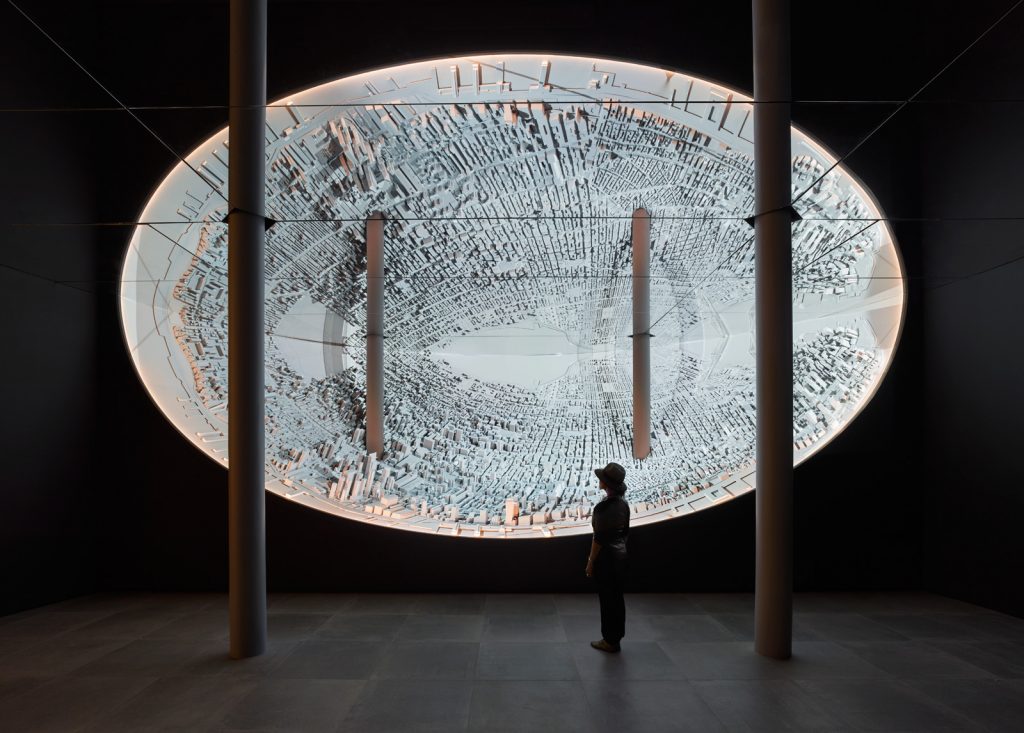
Less than a week after her extraordinary set design landscaped The Weeknd’s performance at Coachella, artist Es Devlin found herself in a New York City gallery. While she was there to unveil three site-specific works. Only it wasn’t an art gallery, it was the gallery for The XI (The Eleventh)—acclaimed architect Bjarke Ingels‘ residential undertaking. The XI Gallery, and Devlin‘s work—known as Series XI—draws inspiration from Ingels’ highly anticipated building. Further, her masterful, immersive vision complements his project. The XI has already begun to rise between the Hudson and the Highline. It’s the newest member to an already famed row of buildings from Pritzker Prize-winning architects—joining works by Sir Norman Foster, Jean Nouvel and Frank Gehry. Bridges will connect three buildings and there are two towers, twisting skyward. It’s certain to be an iconic addition to the city when complete. In the meantime, Devlin’s work channels its message.
“The three works are responses to the work of this extraordinary architect Bjarke Ingels, who I have admired for so long. It has been such a privilege to be able to respond to his work,” Devlin explains. She continues that she’s “an outsider in this world. I don’t know it from the inside, Bjarke’s practice. I don’t know architecture. I don’t know the rules to developing land into architecture, into residences.” And yet the works she created do more than mesmerize with their power—they all function to service the sales gallery. “What I have learned is that these objects that we are presenting today have to be tools,” she says. “They have to help you see things that are as yet invisible because the architecture is not yet built. The buildings are not there.”
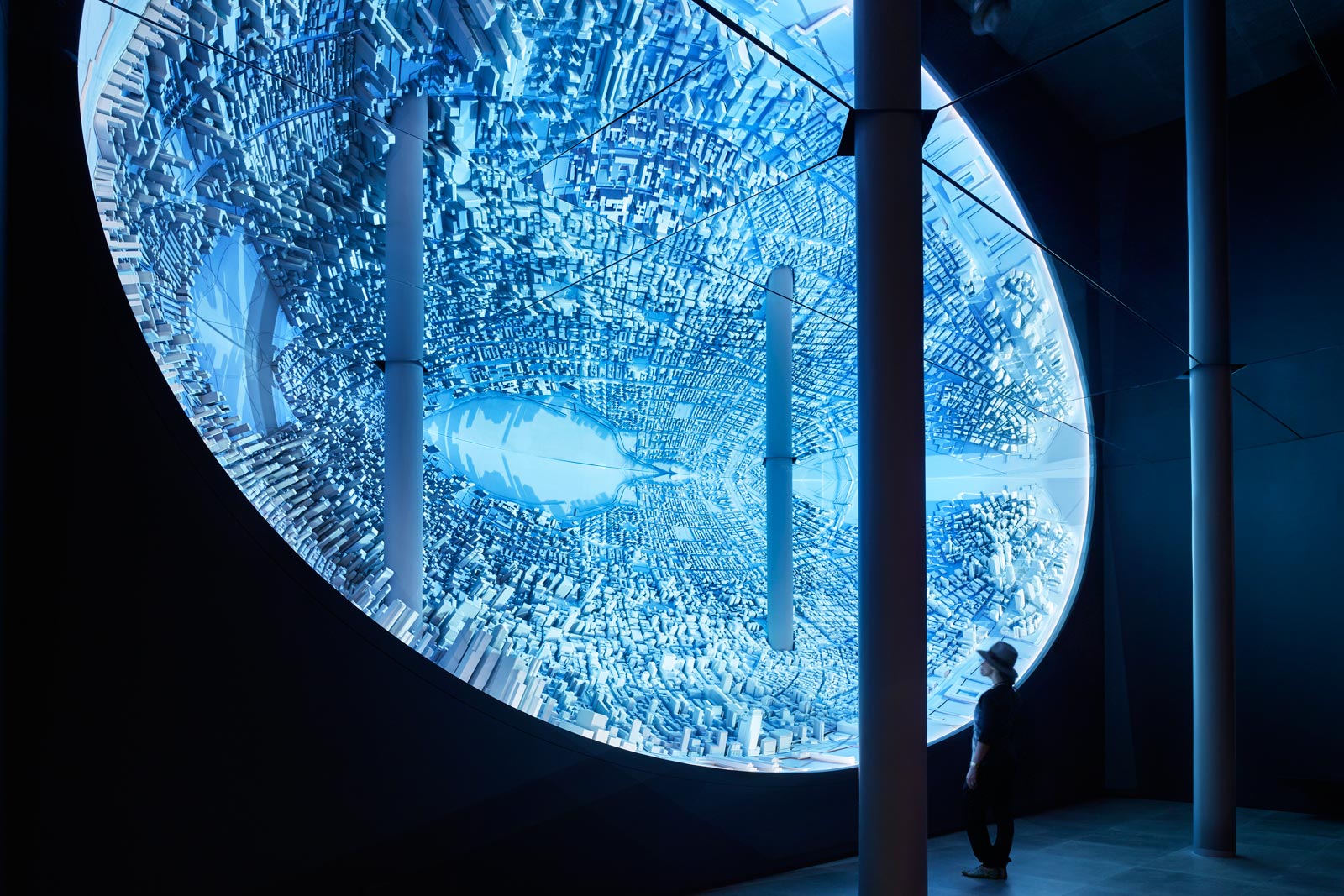
To understand what this means, one must analyze the first piece visible upon entry, “Egg.” The 2018 work functions as Devlin’s interpretation of a context model. A large-scale, concave semi-ovoid model of New York City warps inward—completed by a horizontal mirror. “I think it is a real context—a deep context. It’s a conceptual context,” Devlin says, adding that “I wanted to present it as a world, hence the shape.” The 33-feet-wide sculptural wonderland shifts under calculated lighting design, from stark white to a projection of greater detail and dimension.
The other two works also carry the same dual nature. “Paper, Stone, Glass, Water” and “Dance” highlight the property further. The former acting as an immersive tour of the materials employed by Ingels, the latter a sculpture of the building dancing atop a bed of water. Anyone who has been in a sales gallery will recognize their function. Anyone who knows design will embrace their artistic merit. “I think tool is the operative word,” she says. “It’s a useful thing. Even looking at that ‘Egg’ and witnessing the perspectival shift that it refuses to allow you to ignore.” Devlin says that in holding onto this concept of perspectival shift, one can prepare for even greater ones to come. She references Timothy Morton’s “Hyperobjects: Philosophy and Ecology After the End of the World,” a book that has driven her to address time in her work.
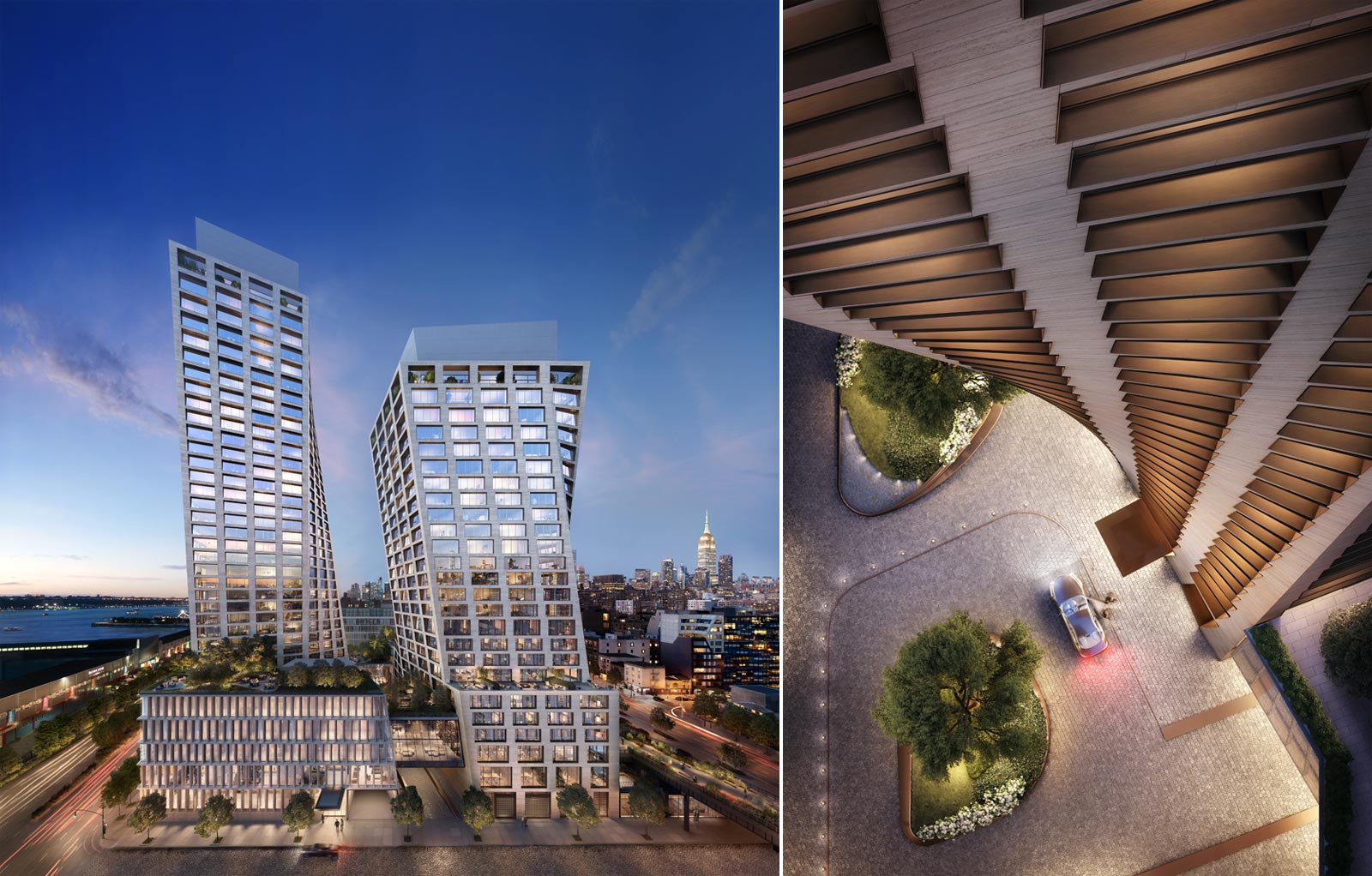
Ingels also toys with the concept of time. “Architecture deals with things that take five to 10 years,” he says to us. “We are doing a project for the Smithsonian where we will finish the project’s phase three when I am 64. But when we talk about climate change or the year 2050, it all becomes so abstract.” He implores people to consider beyond their scope of perception. Thoughtfully, he asks, “When do you think that there will be no one on Earth left alive that you have loved directly? What would be your answer? If you do the math: you live 50 or 60 more years. At that point you might have a grandchild or great grandchild, who will potentially live a hundred years. You end up with a 150-year horizon—with longevity it’s even more.” (Devlin adds, “2169” as her calculation.) Why does he broach these questions? He says that while it may sound like far-fetched fiction, we must be concerned for our home.
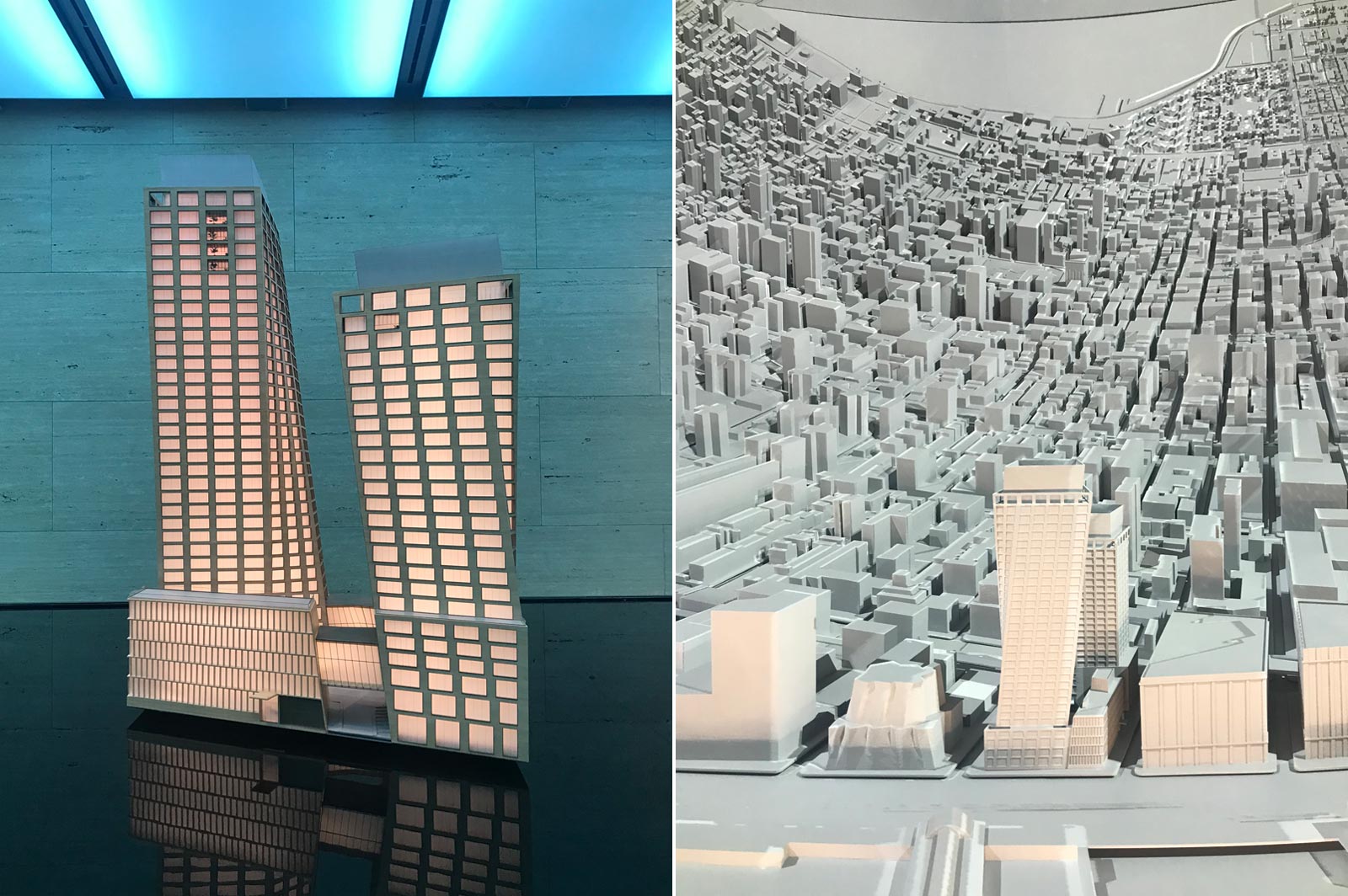
Ingels knows a lot about the concept of home, and he knows just as much about homes for the future. Devlin certainly knows how to interpret the artistry and intellect of others; she’s done so for everyone from Beyonce to hotel guests at Miami’s EDITION. While we wait for the work of the former to come to completion, for people to inhabit it and guests to check-in to the city’s first Six Senses Hotel, we have Devlin’s powerful tools to understand it all.
The XI Gallery is located at 25 Little West 12th Street and will open to the public on 14 May with regular gallery hours.
First two images courtesy of Nikolas Koenig, renderings courtesy of Dbox for HFZ Capital Group and last two images by David Graver

